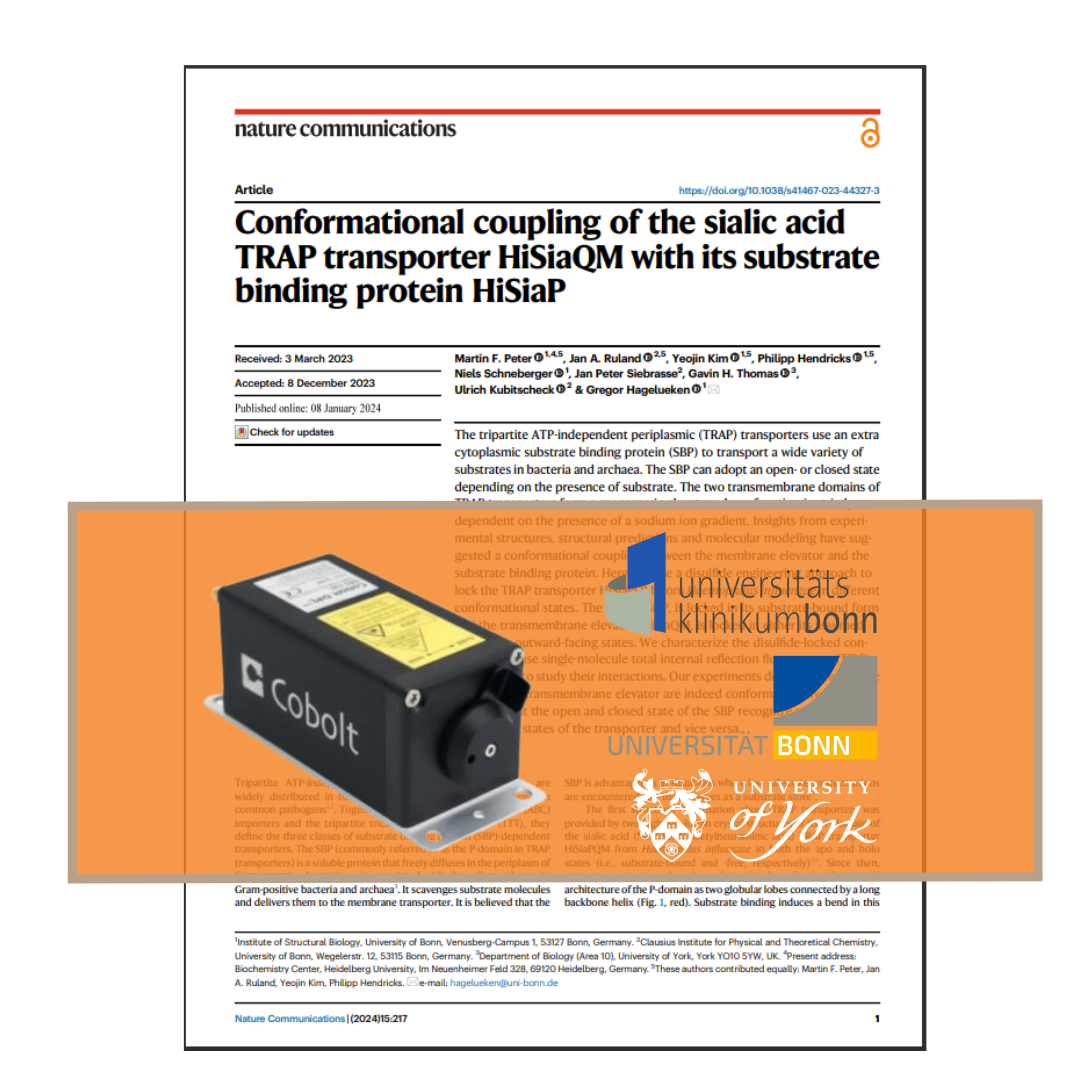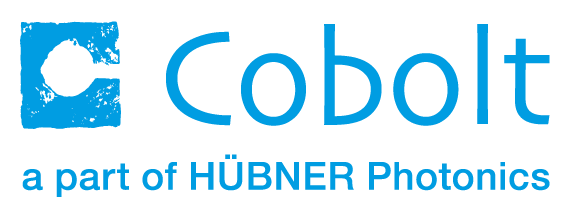Notice: Undefined variable: wrapper_awb_layout in /var/www/vhosts/hubner-photonics.enestedt-playground.se/httpdocs/wp-content/themes/Avada-Child-Theme/shortcodes/fusion-social-sharing.php on line 74
Notice: Undefined variable: output in /var/www/vhosts/hubner-photonics.enestedt-playground.se/httpdocs/wp-content/themes/Avada-Child-Theme/shortcodes/fusion-social-sharing.php on line 404
Researchers uncover new insights on bacterial proteins’ transport system
Conformational coupling of the sialic acid TRAP transporter HiSiaQM with its substrate binding protein HiSiaP
Researchers from the University Hospital of Bonn and the University of Bonn in collaboration with the University of York, have uncovered how bacterial proteins work together to transport sialic acid, a crucial nutrient, across cell membranes. The study, published in Nature Communications, focuses on the TRAP (Tripartite ATP-independent Periplasmic) transporter system, specifically examining the proteins HiSiaQM and HiSiaP.
In their finding they observed that the TRAP transporter uses a substrate-binding protein (SBP) to capture sialic acid, a sugar molecule. The study identified how certain mutations could trap HiSiaP in a closed state when it binds sialic acid, providing insight into the protein’s shape changes during the transport process.
A notable technique used in the study was disulfide engineering, an important biotechnological tool to study protein dynamics, to “lock” the transporter and SBP in specific states. To visualize the proteins, the scientist used a custom-built, single molecule sensitive, inverted microscope capable of total internal reflection fluorescence (TIRF) microscopy with illumination source provided by our Cobolt 06-MLD 488 nm laser.
Significance of the study:
This research provides detailed insights into how bacterial transport systems work, which is crucial for developing strategies to combat bacterial infections. Understanding how this mechanism work opens up potential avenues for developing new antibiotics that can disrupt this transport system. By inhibiting the TRAP transporter, it might be possible to prevent pathogenic bacteria from acquiring essential nutrients, thereby enhancing the effectiveness of the immune response against these bacteria.
REFERENCES: ScienceDaily; Phys.org; ImmunoSensation² ; Disulfide

More resources
Looking for more in-depth information? Visit our Knowledge Bank page for detailed articles and insights on our products and technologies.




